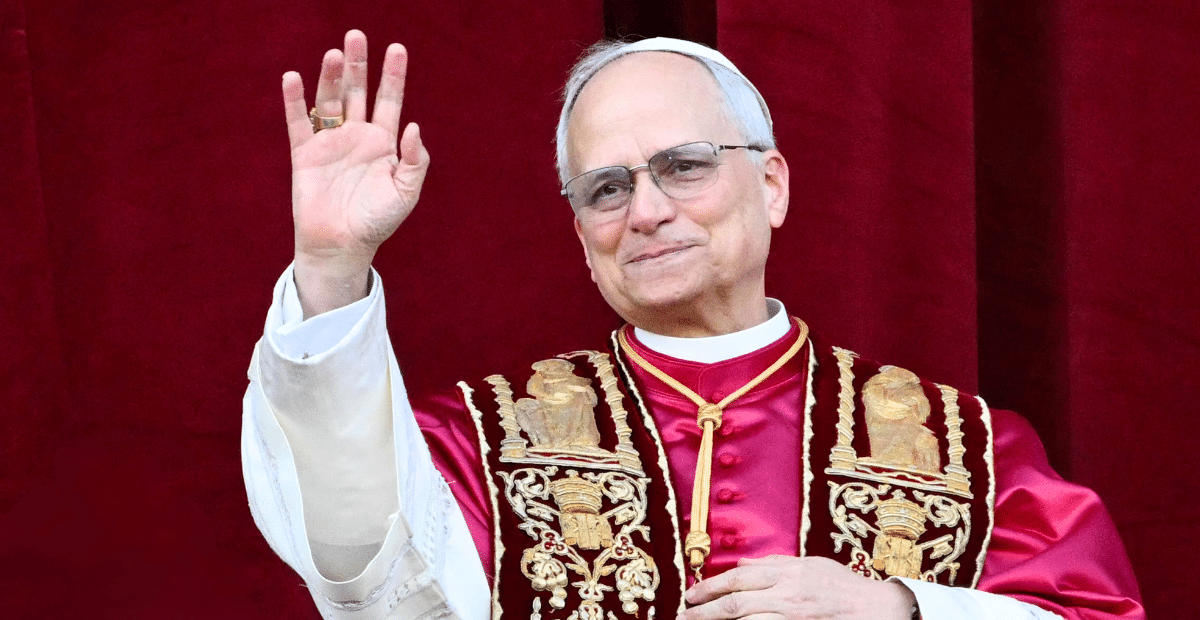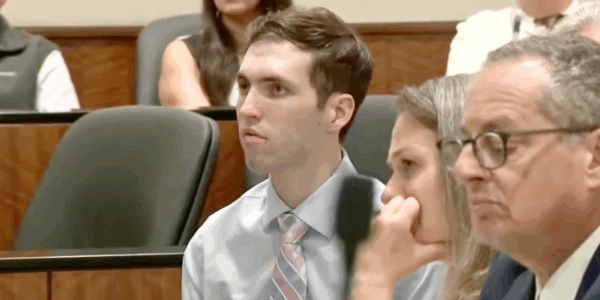First American Pope, Cardinal Robert Prevost, Elected By Conclave
on May 08, 2025

White Smoke From Sistine Chapel Signified Election Of New Pontiff
It was only a question of when, but white smoke was seen coming from the chimney of the Sistine Chapel on Thursday, May 8.
This white smoke indicates that a new pope has been selected, with the decision made in the fourth vote of the conclave.
Since the April 26 funeral of Pope Francis, 88, who was the first Bishop of Rome from the New World, cardinals from all over the world assembled to elect a new pontiff.
From out of the conclave, the 133 voting cardinals have chosen Cardinal Robert Francis Prevost, 69, of Chicago, to serve as the 267th apostolic successor of Peter.
He has taken the name Pope Leo XIV, looking back to Pope Leo the Great.
Standing at the balcony of St. Peter’s Basilica, he told the crowd, “Peace be with you.”
About The New Pope
Born in Chicago, Illinois, in 1955, Prevost is an American of Peruvian descent.
He joined the Order of St. Augustine in 1977, and took his solemn vows in 1981. The next year, he was ordained a priest.
Serving in 1985 as chancellor over the Territorial Prélature of Chulucanas, a diocese in Peru, he would end that decade teaching at an Augustinian seminary in Peru before returning to the United States in 1998 as provincial of the Augustinian Province of Chicago.
More recently, in 2014, Pope Francis appointed Prevost to serve as bishop of Sufar, in what is presently known as Algeria, and would go on to name him as a member of the Dicastery for Bishops.
What Is A Pope?
In Colossians 1:18, Christ is defined as the “head of the body, the church.”
This is affirmed in the Catechism of the Catholic Church, which then expounds on the role of the pope within the magisterium:
“The church is apostolic. She is built on a lasting foundation: ‘the twelve apostles of the Lamb’ … Christ governs her through Peter and the other apostles, who are present in their successors, the Pope and the college of bishops … [The Catholic Church] is governed by the successor of Peter and by the bishops in communion with him.”
Later, the Catechism goes on say, “The Lord made St. Peter the visible foundation of His Church. He entrusted the keys of the Church to him. The bishop of the Church of Rome, successor to St. Peter, is ‘head of the college of bishops, the Vicar of Christ and Pastor of the universal Church on earth.’”
The apostolic succession is derived, in part, from the Roman Catholic Church’s interpretation of Matthew 16:13-20.
By “divine institution,” the Catechism states, “The Pope enjoys … ‘supreme, full, immediate, and universal power in the care of souls.’”
Pope Leo XIV’s First Mass As Bishop Of Rome
With the College of Cardinals in attendance, Pope Leo XIV led his first homily as Bishop of Rome on Friday, May 9, in the Sistine Chapel.
Beginning in English, the American-born pontiff referred back to the responsorial Psalm which was part of the day’s liturgy, Psalm 98, saying, “Sing a new song to the Lord, because he has done marvels.”
Continuing, he said, “Indeed, not just with me, but with all of us, my brother cardinals. As we celebrate this morning, I invite you to recognize the marvels that the Lord has done, the blessings that the Lord continues to pour out upon all of us.”
On the subject of his new role in the Church, he said:
“To the ministry of Peter, you have called me to carry that cross and to be blessed with that mission, and I know I can rely on each and every one of you to walk with me as we continue as a Church, as a community of friends of Jesus — as believers — to announce the good news, to announce the Gospel.”
In Italian, Pope Leo XIV continued, saying:
“God has called me, by your election, to succeed the Prince of the Apostles, and has entrusted this treasure to me, so that — with His help — I may be its faithful administrator for the sake of the entire mystical body of the Church. He has done so in order that the Church may be, more fully, ‘a city set on a hill,’ an ark of salvation sailing on the waters of history, and a beacon that illuminates the dark nights of the world. This, not so much in the magnificence of our structures and the grandeur of our buildings — like the monuments upon which we find ourselves — but rather through the holiness of our members. For we are the people whom God has chosen as His own so that we may declare the wonderful deeds of Him who calls us out of darkness into His marvelous light.”
Watch his full homily, including English translation from Italian, here:












